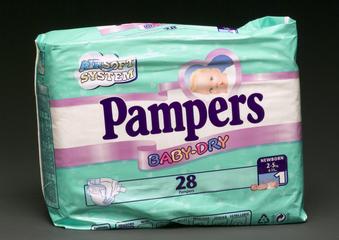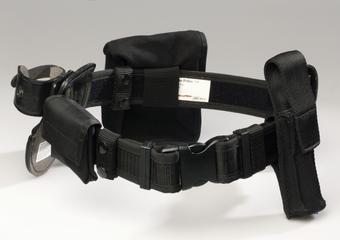
Sheets for sealing PCR test plates of the type used in COVID-19 testing




100 MicroAmp clear adhesive film sheets for sealing PCR plates, reference 43063111, made by Life Technologies Corporation in the United Kingdom for Applied Biosystems, ThermoFisher Scientific, of the type used at Cambridge COVID-19 Test Centre, based at the Anne McLaren Building on the University of Cambridge Biomedical Campus, April 2020 - April 2021
Sheets like these are used to securely keep samples in microplates and aim to reducing leaks, evaporation, and contamination. Each well of a sample plate, often having 384 spaces, each held one person's sample.
COVID-19 testing requires a large amount of kit and laboratory essentials to carry out the several stage process. Sample preparation was where every vial was assessed to make sure it is safe and suitable for analysis. This includes adding QR codes to track the sample through the system and barcodes. The team pipette each sample into a well-plate before adding a chemical that neutralises the virus. Finally, the samples are put into a 65-degree oven for 10 minutes – this deactivates the virus so that it is no longer harmful but can still be detected from the PCR test. Automation or robot helpers are also used to speed up the process. The RNA team prepare the reagents needed and set up the robots. The result is a further plate of purified RNA samples, which can be converted to DNA, in a process called ‘reverse transcription’. Only DNA can be copied or amplified. RT-PCR (Real-time Polymerase Chain Reaction) amplifies genetic material which means if the virus is present, it can be detected. A data analysis team then looks at the results and confirms them. Finally, the anonymous test results are sent back to the NHS who will pass these onto to people and then contact tracing would start.
Delivered in just five weeks rather than the normal six month fit out for a testing laboratory the Cambridge COVID-19 Test Centre tested 3 million samples. The Test Centre was originally a collaboration between the University of Cambridge, AstraZeneca, and GSK, staffed by volunteers from the three sites, many of leaving their studies or roles for a few months, or taking on additional jobs. Staff worked in shift patterns in the same role to prevent the spread of COVID-19. In June 2020, the testing centre transition to a directly employed workforce, rather than relying on volunteers. The laboratory was run by Charles River Laboratories with 200 staff.
Details
- Category:
- Public Health & Hygiene
- Object Number:
- 2022-72/149
- Materials:
- polyethylene
- Measurements:
-
overall: 80 mm x 137 mm
- type:
- laboratory equipment




